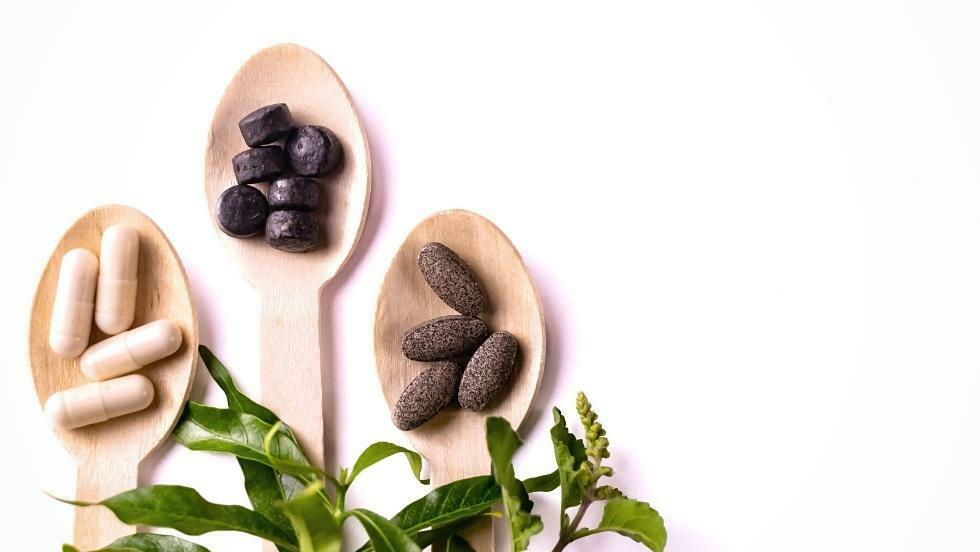Kaolin might be one of the most versatile minerals in the whole world. It has uses in many industries, including health. This passage discusses kaolin in pharmacognosy contexts since many people are unaware of how beneficial this mineral is in the medical sector. Let’s learn how medical practitioners use kaolin!
Related: Why Kaolin is Important in Our Daily lives
Kaolin Oral Administration
In the discussion of kaolin in pharmacognosy, oral administration is perhaps what the mineral is the most renowned for. Due to its physical and chemical properties. Kaolin is a very good absorbent.
Being a good adsorbent means that the mineral can easily bind with certain substances in the body. Once the culprit of the health problems has been bound by the kaolin, your body can finally flush it out through the digestive system.
You can either be prescribed kaolin by your physician or purchase it over the counter at the nearest pharmacy. Usually, the over-the-counter product is combined with other substances, like pectin.
The mineral can be used to alleviate symptoms of these health issues:
1. Enteritis
Enteritis is caused by inflammation in the small intestines. It is likely to cause abdominal pain, fever, and even swelling. There is still a debate about whether kaolin should be used to treat enteritis, so you need to consult with a doctor before administering over-the-counter kaolin pills.
2. Food Poisoning
Food poisoning is caused by consuming contaminated food. The contaminants are usually bacteria, with varying degrees of disruption. There are several symptoms associated with this health problem, including nausea, vomiting, diarrhea, and fever.
Related: The Uses of Kaolin Pectin for Medical and Health World
3. Alkaloidal Poisoning
This is a type of poisoning commonly caused by excessive consumption of leafy greens or certain animal-based products high in alkaloids. Several symptoms may appear including diarrhea, thirst, increased respiratory and cardiac activities, and even hallucinations.
Cautions About Oral Kaolin Use
Every cure has its downside and the use of kaolin in pharmacognosy is not exempted from that. Here are some important cautions you need to exercise when a health situation seems to call for kaolin:
1. Administer The Right Dose
You can purchase kaolin without a doctor’s prescription and it is easy to get overboard with the administration. An adult may consume around 60 to 120 mL of kaolin after a loose bowel movement. Children require less than, perhaps, 30 to 60 mL per dose. Generally, you should be safe if consuming kaolin only when it is necessary.
Being mindful of an interaction effect
It is also important to understand that kaolin is an active ingredient. Thus, it can interact with another interactive ingredient that you consume and cause unwanted reactions, such as reduced efficacy. Here are some drugs whose efficacy will reduce if used alongside:
- Carbamazepine
- Deslanoside
- Clindamycin
- Chenodeoxycholic acid
2. Potential Allergies
As an active ingredient, kaolin also can cause allergic reactions in its users. Because of that, you should avoid it if you know that it caused an allergic reaction in the past. New users also need to stop the usage if they recognize allergic symptoms.
3. Consider The Symptoms
Kaolin should only be used to treat non-threatening health issues. If the symptoms are severe then it would be best to contact a physician right away because consuming kaolin can exacerbate the situation. For example, kaolin should not be used if you have bloody diarrhea.
Potential Use of Kaolin
Interestingly, many people in the field of pharmacognosy still try to find out other uses of kaolin. This mineral is not only popular for oral administration. Some people also use kaolin to treat external wounds. The adsorbent quality can help stop bleeding in patients, especially when applied together with pressure.
Kaolin is also used by people who undergo radiation treatment to reduce mouth sores pain. The treatment is usually done by mixing kaolin with water and using the concoction for a mouth rinse. The mineral can calm the inflammation inside the mouth, showing the potential to be applied in other areas of the body as well.
Nonetheless, to be fully assured that kaolin can be safely administered as an external medicine, some further studies need to be done. Users who want to utilize kaolin in treating health issues also need to be aware of the importance of sourcing sterilized, food-grade kaolin to avoid negative effects.
Final Thoughts
The use of kaolin in pharmacognosy is not a new thing, but people are still trying to explore other potentials of this mineral in the health industry. Like any other active ingredient, people should be mindful of its use to avoid adverse effects.


Recent Comments